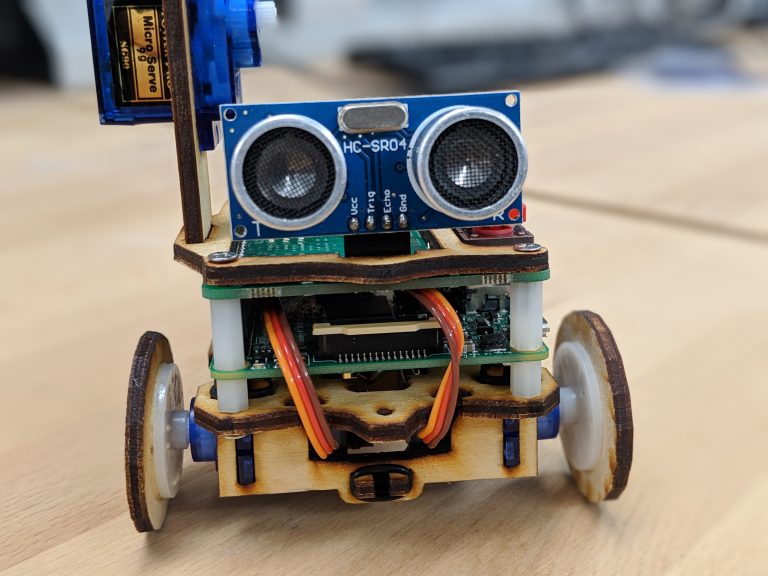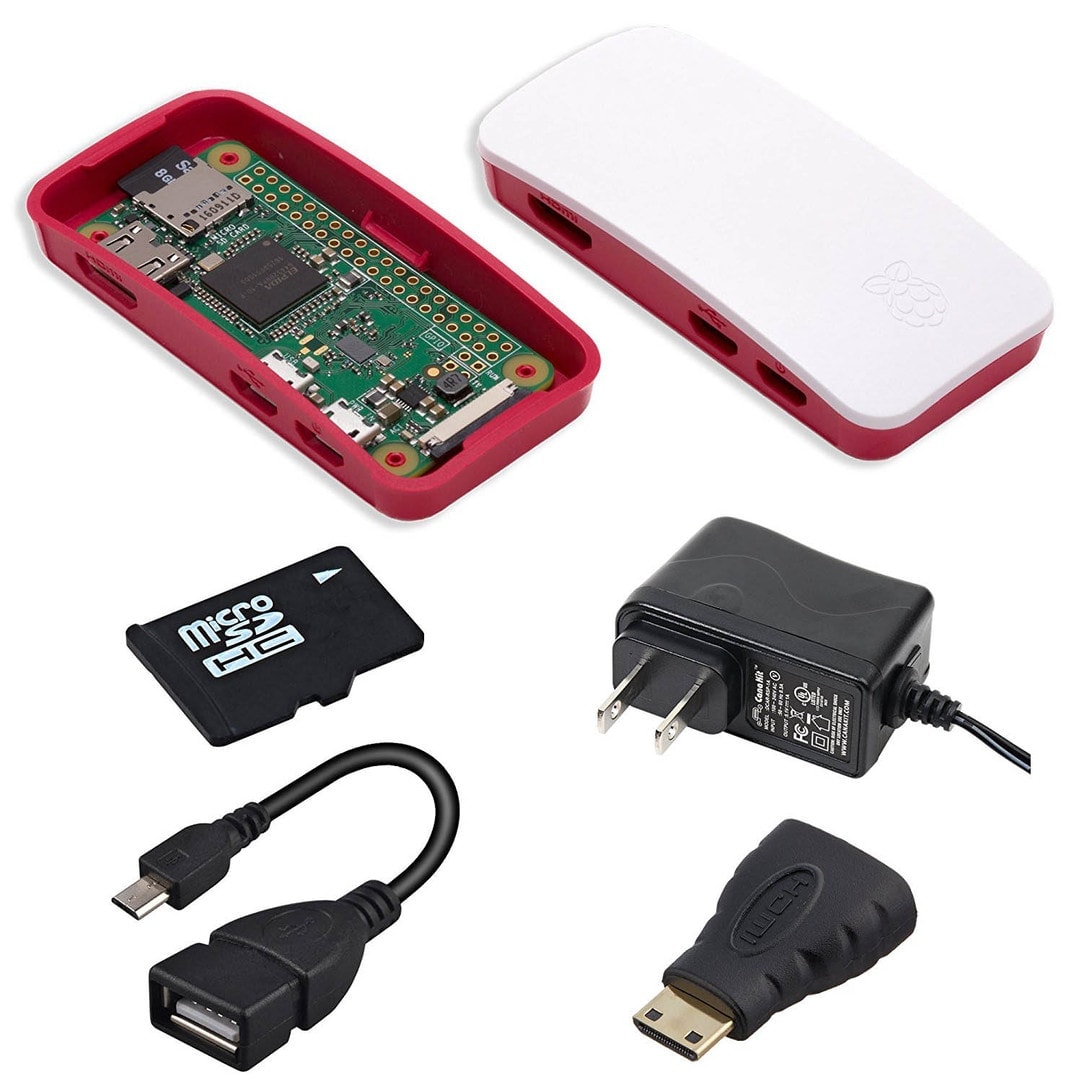

It's expensive-more than $300 for just the controller, and you need a RedLINK gateway for a shoddy app to work.It's old and poorly supported (it was released in 2008).Option 3: A commercial-off-the-shelf thermostat, but only one exists (kind of): Honeywell's TrueZONE It's not HomeKit-compatible in battery-only mode.The batteries last only a month or two.Option 2: A battery-powered thermostat such as the Sensi WiFi thermostat The wires are 20 to 100 feet each, in-wall, and might be stapled to the studs. It's difficult: I would have to rerun the thermostat wire to get the infamous C wire, which enables continuous power to the thermostat.It's expensive: No smart thermostat can handle multiple zones, so I would need one for each zone (~$200*6 = $1,200).I had several options if I wanted to buy something off the shelf, but all of them have drawbacks: I wanted "smart" thermostat control for all of the heat zones (schedules, automations, home/away, etc.). Whitepaper: Data-intensive intelligent applications in a hybrid cloud blueprint.eBook: Running Kubernetes on your Raspberry Pi.Getting started with Raspberry Pi cheat sheet.

Once you replace the SD card and reboot, SSH should be enabled. This should be called ssh and have no file extension. Insert the microSD card into your computer, browse to the boot partition, and create a new file. Finally, if you prefer simplicity, you can enable SSH before you boot up your Pi.In the Interfaces tab, find SSH and set it to Enabled. From the Raspbian desktop, open Menu > Preferences > Raspberry Pi Configuration. Use the Raspberry Pi Configuration tool.You can run this from the command line using sudo raspi-config, then select Interfacing Options > SSH and use the arrow keys to confirm with OK. However, you should find it works with other Raspberry Pi models and distributions (although some of the commands may differ).īefore proceeding, ensure omxplayer is installed on your Pi: sudo apt install omxplayerĪs you'll need SSH enabled, here's a quick primer. We tested this on a Raspberry Pi 4 running Raspbian Buster Lite.


 0 kommentar(er)
0 kommentar(er)
